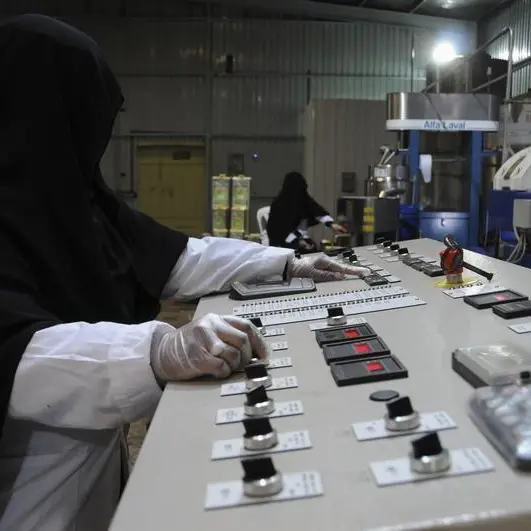We’ve come a long way from the industrial revolution and yet many of us are still grappling with how best to balance our personal and professional obligations.
We want more control over our time and productivity. We want to make valuable contributions at work and to our families, while managing stress and having the energy to live, work and play on our terms.
As work-life balance becomes a part of our everyday conversations we want to know how to define that balance and, more importantly, how to implement it?
While the term work-life balance has been part of our vocabulary since the 1970s, today it is taken to mean a way of living and working that allows for a sense of equilibrium. More specifically, equilibrium in how we focus, spend our time and our energy.
And while that may, for some, seem to be an abstract concept, most of us can agree that it simply means finding a way to do it all without paying a price that leads to negative consequences.
We face increasing personal and professional challenges and both can be effectively remedied by aiming to achieve some semblance of work-life balance. Take, for example, the consequences of an increase in life expectancy.
The unforeseen challenge with this is that many of us are grappling simultaneously with caring for ageing family members and young children while still aiming to contribute at a high level in our careers.
The fact is, it’s becoming increasingly clear that the only way to effectively meet our obligations is to modify how we approach our personal and professional lives.
We know that balance is the key, but it may not look the same for everyone.
Flexibility is key
The key to implementing balance is flexibility. The flexibility employees need to meet all of their obligations and the flexibility employers are willing to offer.
The good news is there is a growing trend toward offering flexible work arrangements. These include: telecommuting, remote working, condensed work weeks, customised work hours, part-time or shared positions and generous vacation benefits. Beyond these, there is also a willingness to recognise that productivity can be measured in more than just the hours worked.
Moving towards more flexible work arrangements in global markets has also had an impact. Sweden has experimented with reducing the eight-hour workday to six hours, and has seen positive results. In Saudi Arabia and other countries, there have been increased initiatives focused on supporting the needs of women in the workplace through remote work. And across the globe, as more and more men opt for becoming equal partners in child-rearing, we’re seeing the beginning of a shift away from gender-based biases when it comes to a need for workplace flexibility.
Achieving suitable work-life balance offers a host of benefits, including but not limited to, lower stress, reduced burn out, increased motivation, increased engagement and productivity. It seems safe to assume that employees who can exert a greater sense of control over how they use their time, meet their obligations, and make professional contributions are happier, healthier and more successful.
Beyond this, corporations also stand to benefit by experiencing lower turnover, increased employee loyalty and improved performance.
Perhaps the term work-life balance will continue to expand to represent the many ways in which corporations and employees can work together to create a customised arrangement that is mutually beneficial.
Work-life balance is the tool with which we can each give the best of ourselves to those who rely on us. And most importantly, it is the answer for how we can make time for our own needs independent of work or family life.
*Any opinions expressed in this article are the author’s own.
Disclaimer: This article is provided for informational purposes only. The content does not provide tax, legal or investment advice or opinion regarding the suitability, value or profitability of any particular security, portfolio or investment strategy. Read our full disclaimer policy here.























